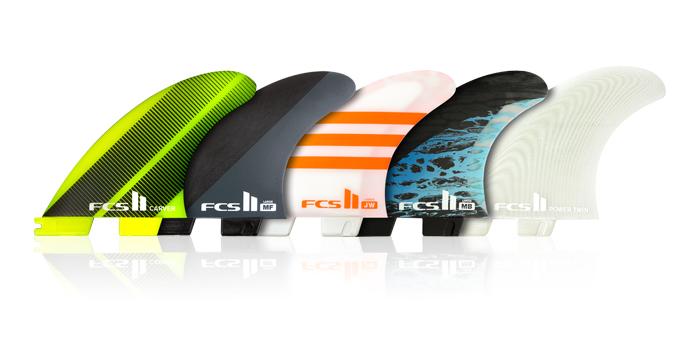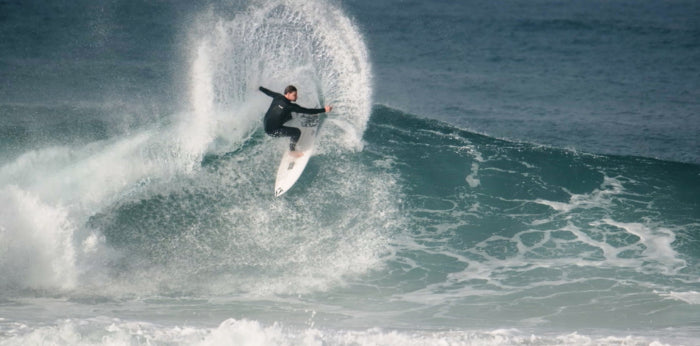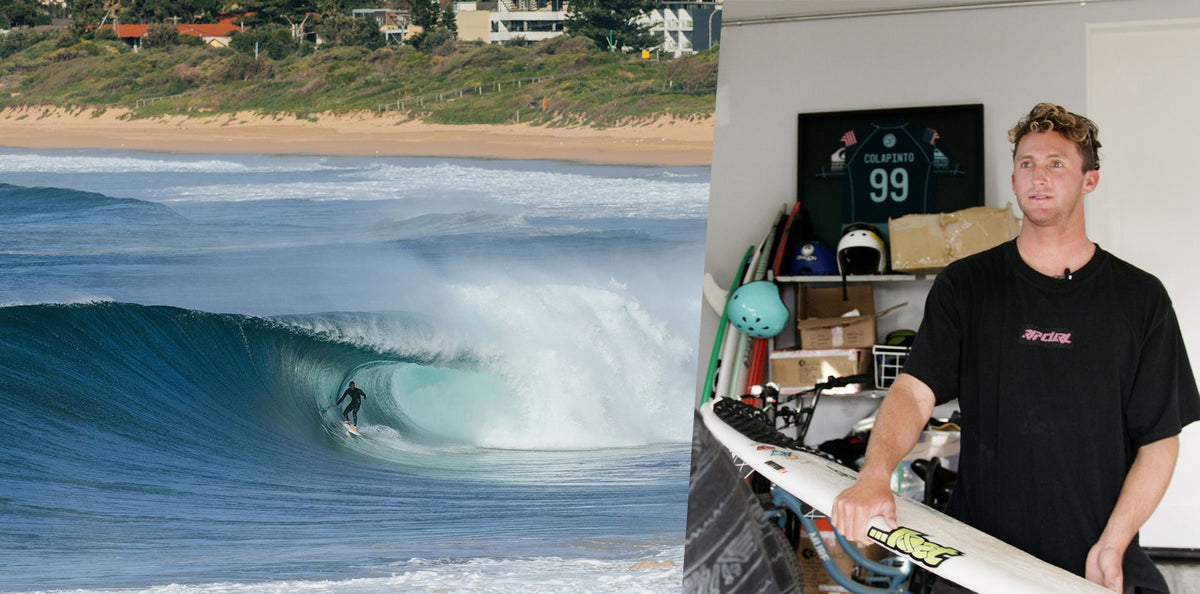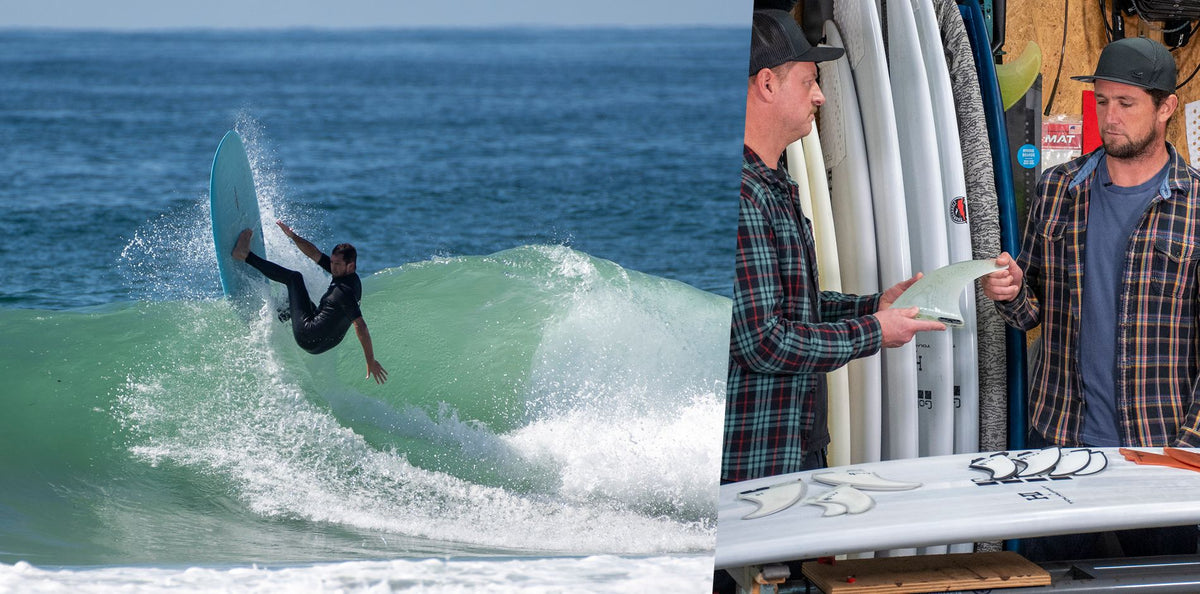Your Cart is Empty

So you’ve decided on the fin template that’s right for you… But what about the fin construction? This video explains the constructions currently used in the FCS fin range so you can make an educated decision going into your next fin purchase.
Performance Glass material characteristics and flex pattern are identical to traditional fibreglass fins offering a stiff base with subtle responsive tip flex, amazing aesthetics and proven durability. PG fins are the perfect transition fin for surfers moving from fixed fins to the convenience, accuracy and performance of FCS.
Performance Core construction with hand laid carbon fiber designed to deliver controlled flex and enhanced base stiffness.
Fins with AirCore Technology feature a pressed polyurethane foam core that mimics the geometric foil of the fin. AirCore technology reduces the amount of fiberglass required in the RTM moulding process making it much lighter while allowing total manipulation of the flex.
Performance Core material and construction is designed to deliver the feeling of a traditional fibreglass fin with the added performance of reduced weight. The RTM (Resin Transfer Moulding) process produces a lightweight fin with remarkable flex, a smooth feel and an impressive aesthetic.
Neo Carbon fins are precision molded using long strand carbon and the highest-grade European resin. These fins are super light with a firm ‘spring loaded’ flex. Neo Carbon fins actually help surfers generate speed in smaller conditions via the ‘whipping effect’ that propels you from one turn into the next.
Lightweight, moulded fiberglass construction delivering pro standard performance. The high fiberglass content makes these fins stiff and responsive, and the engineered foils provide a consistent feel in a range of different conditions.
Glass Flex has been formulated to replicate the flex and memory properties of hand layed fibreglass. It's advantages over other composite fin materials include stiffness, a more positive flex pattern (nice tip flex, little base flex) and remarkable flex memory. The precision of the injection moulding process ensures the highest accuracy in geometry in each fin produced.
Soft Flex fins are molded using highly flexible urethane. For this reason they’re safe, mostly used with softboards, and are ideal for beginners as they gain confidence in the water.
Find your perfect FCS fin in under 60 seconds. Answer 5 simple questions to find the FCS II fins best suited to your surfing. Find Your Fin


In episode five of Beneath The Surface, we catch up with one of the world's most promising and exciting surfers Crosby Colapinto.
Cros gives us his insights into his favourite fins and why he's now jazzed on riding quads.
